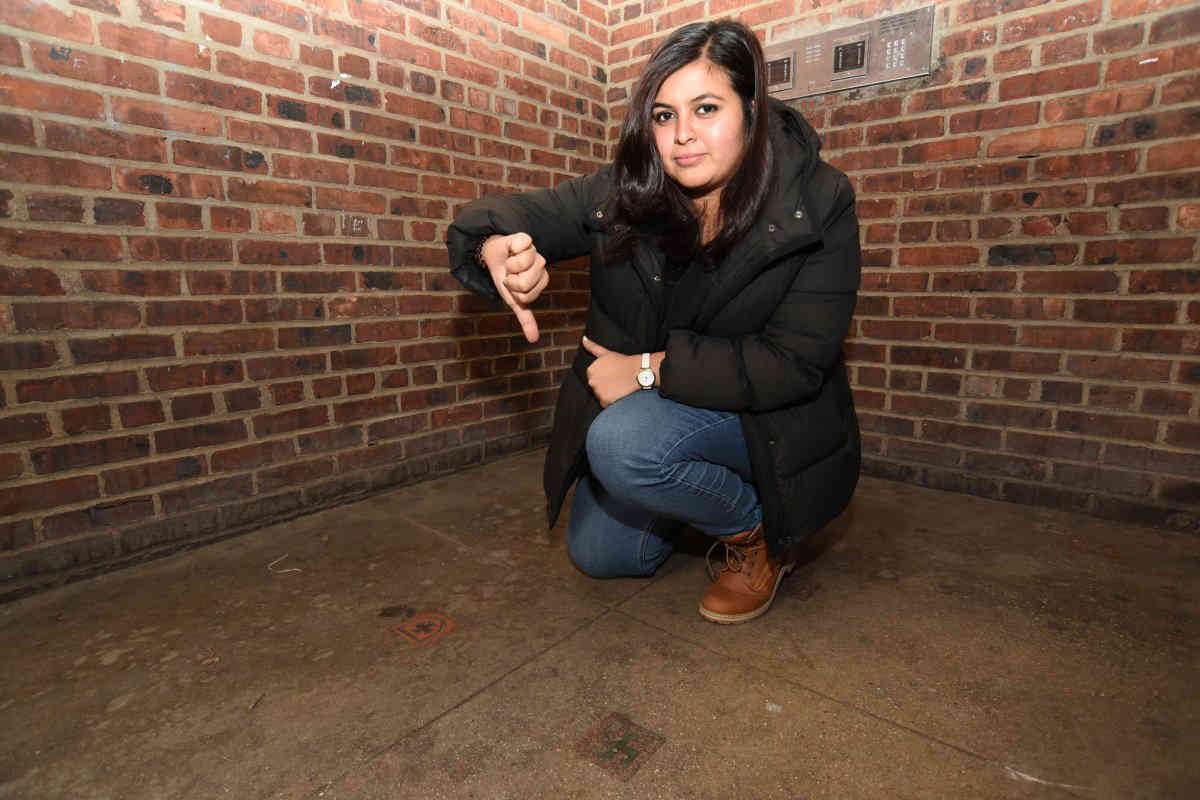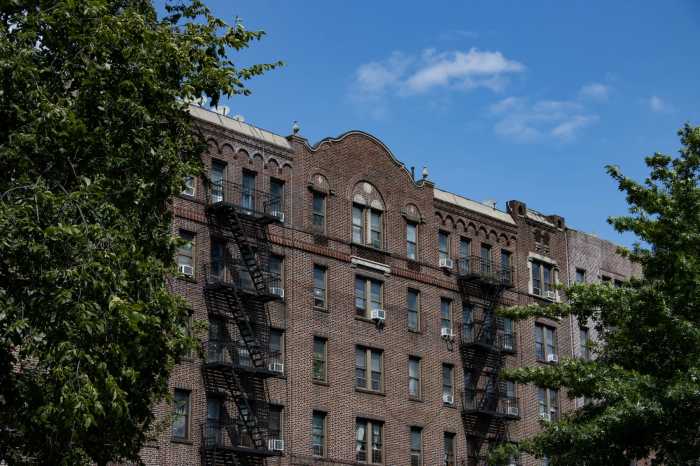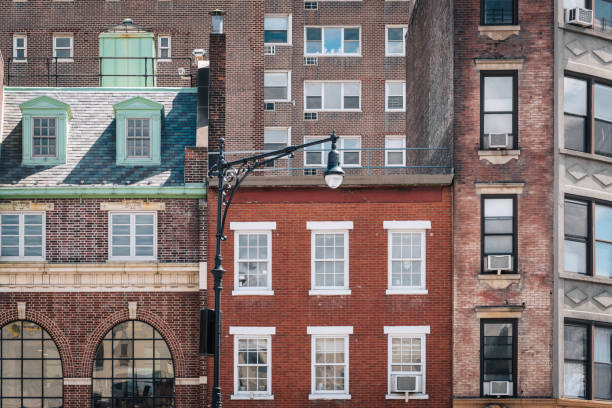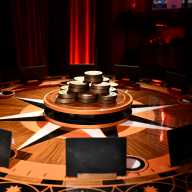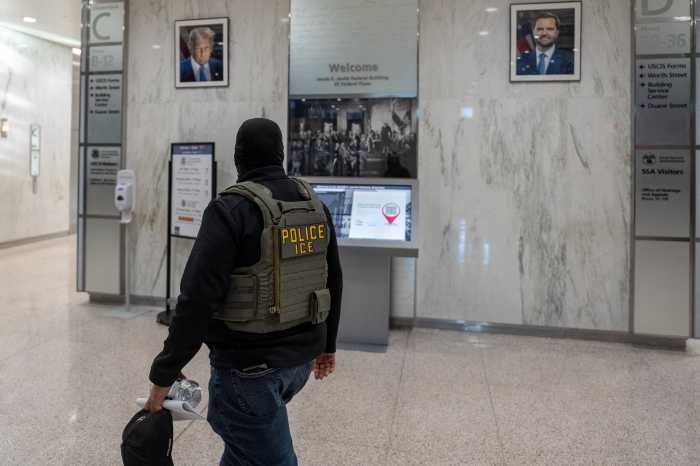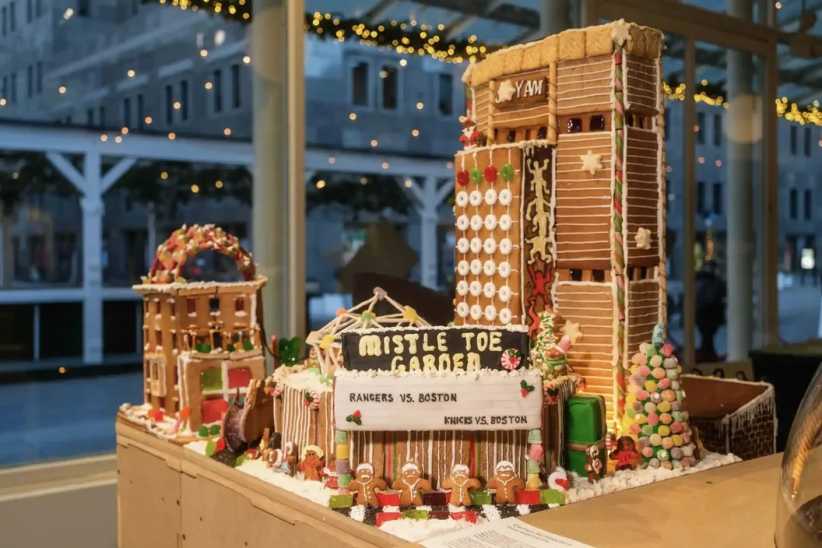Is there a way to not see them?
Swastikas emblazoned within the entryways of a Greenwood Heights apartment complex have one resident dreaming of a way to rid her 90-year-old building of the Nazi imagery.
“I can’t help but fantasize painting over the swastikas and saying ‘Boo,’ ” said LeeAnne Vezzani-Katano. “It’s our responsibility to address symbols.”
Swastika tiles are found throughout Fourth Avenue’s Brooklyn Garden Apartments, which spans the block between 23rd and 24th streets — along with other tiles bearing crowns, crosses, and interlocking circles.
The architect’s name is illegible on the property’s earliest city records, which show the building was built in 1928 — when the Nazi party was still a small, radical far-right group but had already put the swastika on their flag in 1920. But the history of the swastika dates back thousands of years before the Nazis made it an icon of hate.
About 5,000 years ago, the swastika was a Sanskrit symbol meaning good fortune. It’s also been featured in Byzantine and Christian art, and is still a sacred symbol in Hinduism, Buddhism, and other Asian religious traditions.
A tile historian said the tiles at the Greenwood Heights building come from Mueller Mosaic Company — a former tile manufacturer based in Trenton, NJ — and that residents of the building should understand that in that era the swastika was nothing more than a common decorative symbol.
“You’re going to find that swastika symbol in many tile manufacturers of the early 20th century,” said Vance Koehler. “The symbol is very old, and until the Nazis came along, it was a positive symbol.”
But another resident said she can’t look at the swastikas without thinking of the Nazis, and that the management should at least put a plaque in each entryway explaining the historical context of the symbols.
“I’m definitely surprised and a little bit weirded out, because it’s 2018 and there’s Nazi tiles in our building,” said Paroma Soni. “It’s interesting that they were there since 1928, because that makes it part of the building’s history, but I think maybe putting a little plaque [near the tiles] with the history would be the right thing to do.”
Swastika tiles found in and around buildings and churches throughout the country have caused controversy in recent years as people grapple with how to consider the symbol given its complicated past, and current use by white supremacist and neo-Nazi groups.
But the building’s landlord said he has no plans to get rid of the swastikas.
“It is just an emblem engraved on the floor,” said Isaac Kurtz.
Another resident said he understood why the management would not take action, since the swastikas were not meant to be associated with the Nazis when the building was built, and that other residents were simply too sensitive.
“It’s not really a Nazi swastika — for someone to be triggered or offended by that very simple geometric shape is a little bit ridiculous, I think,” said Joe Bertino. “If I were management, I would probably not consider it worth the time to replace — that’s just bending over backwards for someone’s over-sensitivity. It’s not like the Nazis invented that symbol — they appropriated it.”
But Vezzani-Katano sees things differently.
“I’d like to meet with everybody else that lives here and propose what we could do to respect the origins of the design and speak out against it,” she said.
A Columbia University professor of Historic Preservation added that the symbols on the other tiles in the Greenwood building — including the crosses and the crown — were based on medieval designs, which were also common tile motifs in the 1920s, and that they lacked any further significance.
“These are ornamental tiles, and had no specific symbolic meaning,” said Andrew Dolkart.



